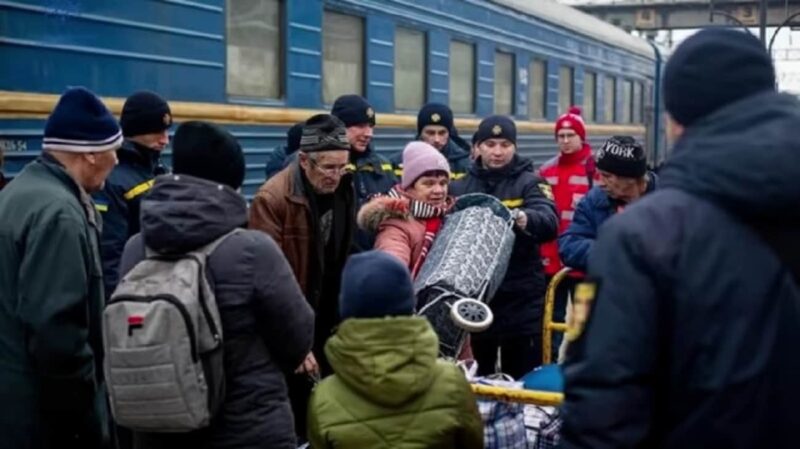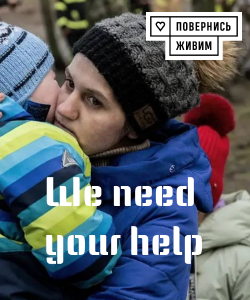There are still over 280,000 civilians remaining in Donetsk Region — as of today, according to official information from the Donetsk Regional Military Administration

This figure is one of the indicators of the scale of human losses and the complex humanitarian situation that has developed in the region due to prolonged hostilities and ongoing risks to the civilian population. According to Sergiy Honcharov, head of the Civil Protection, Mobilization, and Defence Department of the region, as of April 15, approximately 282,490 residents remain in the area, a significant portion of whom are children, people with disabilities, and the elderly. During the briefing, he emphasized that the evacuation process is ongoing and, despite all difficulties, more than 1,217,000 civilians have been evacuated so far. This includes 190,000 children and about 46,500 persons with disabilities, who have been evacuated from dangerous areas to safe locations capable of providing them with necessary medical and social support. However, not all residents agree to leave their homes: in active zones, 185 families with 254 children have not yet been evacuated — many of them resist forced measures due to various personal and social reasons. According to official data from the regional administration, over 21,942 residents still remain in areas controlled by the Ukrainian authorities. Therefore, considering the risks and potential threats, evacuation efforts continue tirelessly with the goal of ensuring the safety of as many civilians as possible, especially children and vulnerable groups. This situation remains highly tense and causes serious concern among local authorities and humanitarian organizations, as each unevacuated resident potentially faces danger due to active hostilities, landmining, and destruction of infrastructure. Despite all efforts, many people are forced to stay in their homes due to fear, lack of alternatives, or other personal circumstances, which casts doubt on the possibility of achieving full safety for everyone. Currently, the humanitarian aid sector and local authorities continue working on developing and implementing additional measures for evacuation and ensuring residents’ safety, especially in the most dangerous regions. Recognizing the importance of saving human lives, they urge residents to cooperate, even at personal risk, or agree to evacuation in the interests of personal and public safety. Overall, the situation in Donetsk Region remains one of the most challenging in the country, and its development depends on the stability on the frontlines, government actions, and the population’s willingness to follow safety measures. Active efforts continue from humanitarian organizations and military structures to reduce the number of civilians at risk and to ensure their safety during this difficult period.

